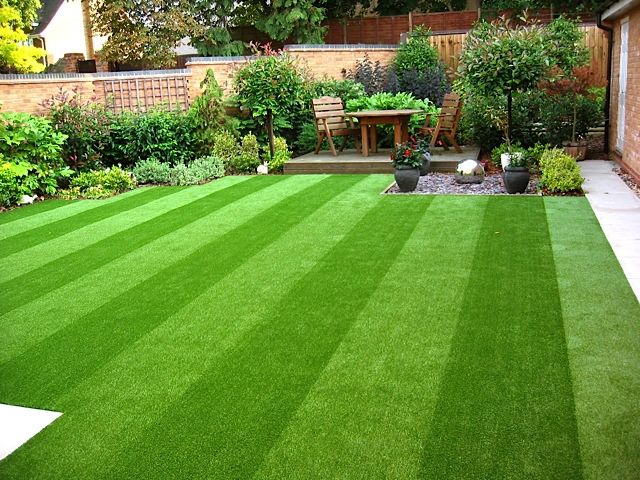Good-looking grass is high-maintenance, and demands regular cutting, clipping, weed-extraction, and watering. Every one of these result in a harmful impact on your local ecosystem- on the plus side, artificial grass provides you with an alternative. With very little upkeep recommended, there’s no longer the demand for harmful artificial sprays and fossil-fuel-reliant lawn mowers. Artificial turf continues to appear new for approximately Twenty years and that means you can chill out and put your feet up knowing that the backyard which you trust kids and/or animals to relax and play in, will remain contaminant-free.
Go here for further information www.artificialgrassmaintenance.co.uk
Lowers Water Usage
To be able to maintain regular grass lawns frequent watering is vital, certainly for the duration of Summertime, and this heavy water usage has negative impacts on our environment. One of the benefits of artificial grass is that little or no watering is required to keep it looking great. Synthetic grass isn’t going to dehydrate or die-off with the scorching heat like standard grass, hence with companies like, you don’t need to to waste treasured water on grass.
Conserving resources like water has started to become more vital and ought to contribute to your decision concerning grass. Synthetic grass lawns is only going to necessitate hosing down if grime or dirt has to be removed, and usually a bit of rainfall will do this task on your behalf!
Helps Offset Global Warming
If lowering your carbon foot print is critical to you then artificial grass is definitely the best way to go. The lower maintenance that it requires means that minimal equipment is needed- no lawnmowers, grass cutters, or scarifiers needed, all of which use non-renewable fuels. Synthetic grass is always cut and weedless from the minute it’s put in, and this will mean you don’t have to rely on any kind of damaging mowers or trimmers.
Not using these pieces of equipment will decrease your petrol and diesel usage, and thereby cut down greenhouse gas pollution.
No Toxic Outdoor Areas
Grass demands the use of fertilisers, pesticides, and other harsh chemicals to kill weeds and to keep your grass looking fresh. In addition to being made from materials such as fossil fuels (further increasing greenhouse gas emissions), you can run the risk of your grass becoming toxic. This creates a dangerous environment, especially for pets and children.
Protecting Land And Water Biodiversity
A further adverse effect of using harsh chemical contaminants on grass lawns is hazardous toxic run-off that happens when it rains. The rain carries the chemicals that are on the your lawn across surface areas and can even end up in nearby water systems, including fish ponds and streams, at times wiping out the marine life. Extreme amounts of hazardous chemicals running into aquatic environments are also able to contribute to algal blooms, which greatly decreases the o2 levels in the water. The marine life can then get sick and/or deplete, causing a population decrease, and decreasing local biodiversity.
Occasionally these agal blooms may become dangerous to humans because they bring about bacteria growth and elevated contaminant levels in water. This can easily cause website visitors to become sick when they encounter the polluted water, either through having some the polluted water or ingesting contaminated fish.
Artificial grass does not have any requirement for any harsh chemical contaminants and offers a solution to the damaging effects of maintaining regular grass.

